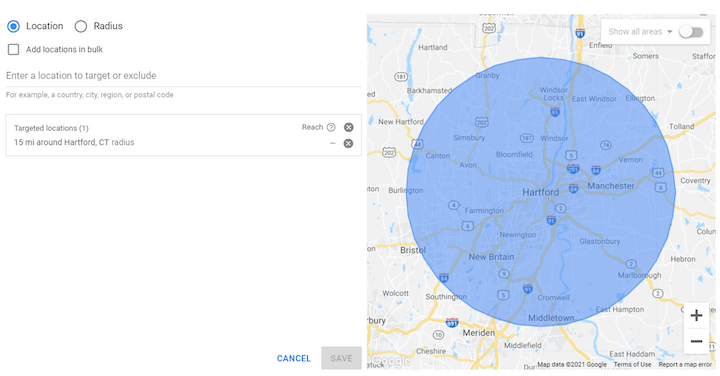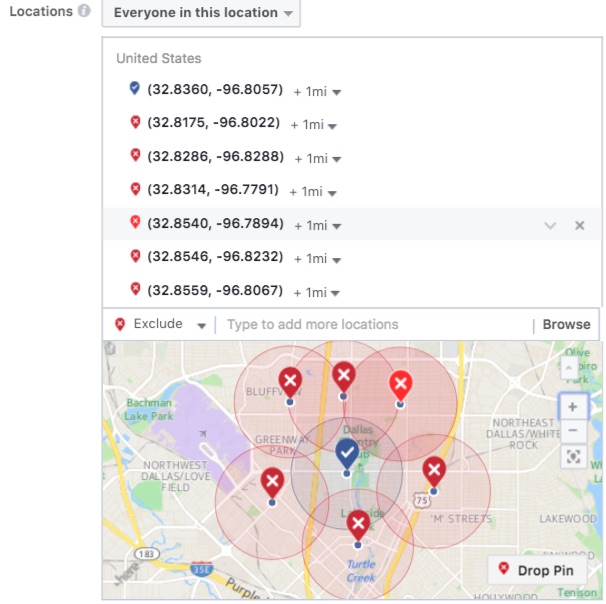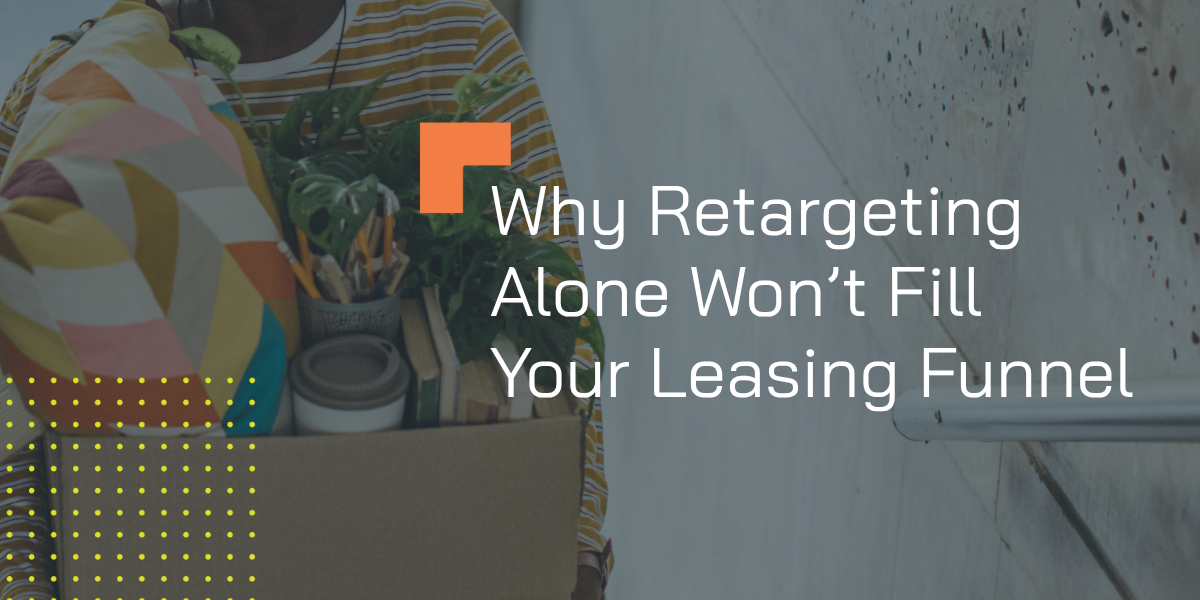3 Multifamily Marketing Insights That Should Shape Your 2026 Strategy
At Apartment Geofencing, we love when our team gets out into the industry and comes back with real intel you can actually use.
3 min read
 Juli Loomis
:
Oct 17, 2023 4:29:47 PM
Juli Loomis
:
Oct 17, 2023 4:29:47 PM

In the ever-evolving landscape of digital marketing, the importance of location-based strategies cannot be overstated. Geotargeting and geofencing are two such techniques that have gained prominence, each offering unique advantages. Let's delve into the differences between these two approaches and explore how they impact the multifamily industry.
Geotargeting, a feature mastered by industry giants like Google, is all about precision. This technique involves tailoring ads and content to reach a specific audience based on their current or past location.

Here's how it works:
Location-Based Content: Geotargeting allows you to customize your marketing content, ensuring it's relevant to the local audience. This can include displaying store locations, relevant promotions, or event details based on the user's location.
Targeted Ad Campaigns: For the multifamily industry, geotargeting can help display property listings or promotions to users in a specific area, increasing the likelihood of attracting prospects actively seeking properties in that region.
Search Engine Optimization: Google, for instance, considers the user's location when presenting search results. This means that apartment communities can optimize their websites for geotargeted keywords, making it easier for prospects to discover their services.
Geofencing, on the other hand, is a more focused approach. It involves setting up virtual boundaries around specific physical locations to trigger actions or deliver messages to users within that area.

Here's a breakdown:
Proximity Marketing: The multifamily industry can use geofencing to target individuals when they enter or leave a designated area. For example, we set up geofences around competitor properties. When a prospect enters the property's geofence, they might receive an ad about your property and an invitation to schedule a tour with your company vs the competitor.
Enhanced Lead Generation: Geofencing can help capture leads at critical moments. For instance, when someone visits a competitor's office your company can send them information about your property, potentially converting them into your clients.
Detailed Analytics: Geofencing provides detailed insights into user behavior within the designated area, helping you better understand your target audience and fine-tune your marketing efforts.
In the multifamily industry, both geotargeting and geofencing have their roles to play:
Geotargeting is ideal for tailoring your marketing messages to specific regions, making it easier for your prospects to find your services. It's about improving the visibility of your brand in the locations that matter most.
Geofencing is your secret weapon for capturing leads and making a lasting impact when potential clients are in the vicinity of your properties. It's about real-time engagement and seizing opportunities.
Both Facebook (Meta) and Instagram offer geotargeting options to help you reach a specific audience based on their location.
When setting up an advertising campaign on Facebook Ads Manager or Instagram Ads, you can specify the geographic locations where you want your ads to be shown. This can be as broad as targeting an entire country, a city, or even a specific radius around a location.
Here's how it works:

Facebook (Meta) allows you to create custom audiences based on location data. You can upload a list of addresses or coordinates and target users who have been to or are near those locations. After you've created a custom audience, you can use it as a source to create lookalike audiences. Facebook and Instagram will find users with similar characteristics and behaviors to your custom audience within the specified location. For the multifamily industry specifically, Facebook offers dynamic ad features where you can create property listings and use geotargeting to show these ads to users in the vicinity of the properties, increasing the chances of reaching prospects.
On Instagram, you can use location tags when posting organic content. This can help your content appear in the "Explore" section of Instagram for users searching for posts related to specific locations, such as neighborhoods, cities, or landmarks.
 By utilizing geotargeting on Facebook and Instagram, you can tailor your multifamily advertising to specific geographic areas, making your campaigns more effective and efficient. This approach can help you connect with prospects who are actively looking for properties in the areas you serve.
By utilizing geotargeting on Facebook and Instagram, you can tailor your multifamily advertising to specific geographic areas, making your campaigns more effective and efficient. This approach can help you connect with prospects who are actively looking for properties in the areas you serve.
Ultimately, both geotargeting and geofencing have their own individual benefits in helping elevate your multifamily marketing strategy. We use geotargeting on Meta and Instagram to boost your online presence and geofencing to engage prospects at the right moment to create a powerful synergy that drives success in the competitive multifamily industry!
At ApartmentGeofencing.com, we specialize in geofencing solutions designed to give your property the competitive edge it deserves. To learn more about how we can help you master geofencing and make the most of geotargeting, reach out to us today. Your next renter could be just a geofence away!

At Apartment Geofencing, we love when our team gets out into the industry and comes back with real intel you can actually use.

Most multifamily marketers know paid social is powerful, but too often, it’s one-dimensional. You run a few ads, retarget, and hope something sticks.

Retargeting is the comfort zone of digital marketing.